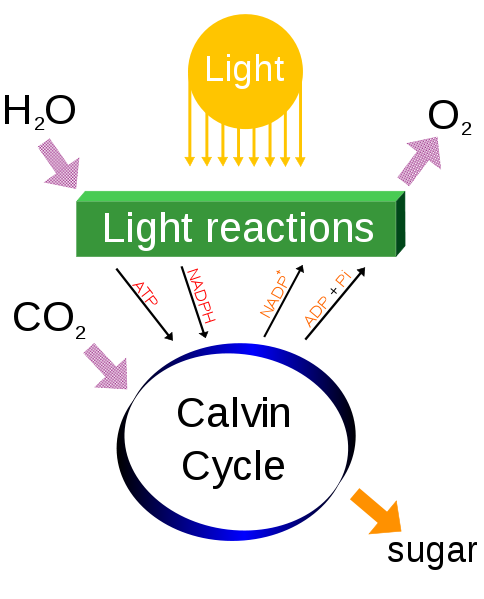What's on the menu?

Like all other plants, Anacardium
occidentale is a photoautotroph, meaning that it produces
its own nutrients directly from carbon dioxide and sunlight
through photosynthesis. This process takes place in the
chloroplasts of the plant cells and provides the plant with
glucose. In order for this process to occur, the plant must have
water. This is transported throughout the plant starting with
the roots by vascular tissue called xylem. The carbon dioxide
and oxygen necessary are allowed into the plant through stomata
in the leaves. After photosynthesis is complete, the cells use
the glucose to generate ATP (high energy molecules) through
cellular respiration.
Adaptations
Anacardium
occidentale is a fairly hearty and strong tree, and it has a few
adaptations to its environment that help keep it that way.

One major adaptation that the cashew tree exhibits is its ability to survive and thrive in highly acidic soils,those with a fairly low pH level, usually around 4-5 pH. (See the illustration at the right for comparisons to common solutions.) These are soils that typically have low levels of Phosphate and high levels of Aluminum. To make up for the lack of Phosphate in the soil, studies have suggested that Anacardium occidentale, as well as many other tropical trees, is able to secrete oxalic and citric acids to acquire Phosphate by solubizing Aluminum Phosphate and Iron Phosphates. To read more about the studies that I am referring to, click here.
Another notable adaptation in Anacardium occidentale is its leaves. The leaves have a waxy outer cuticle to retain more water. The large leaves are very wide and broad to increase area for photosynthesis, thus increasing potential nutrient production.
